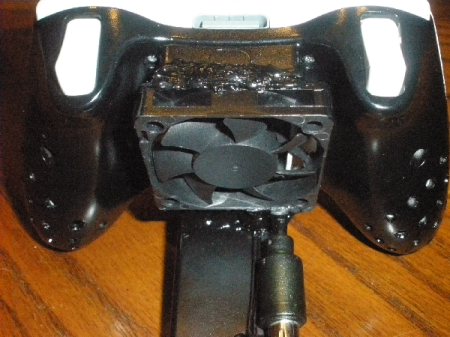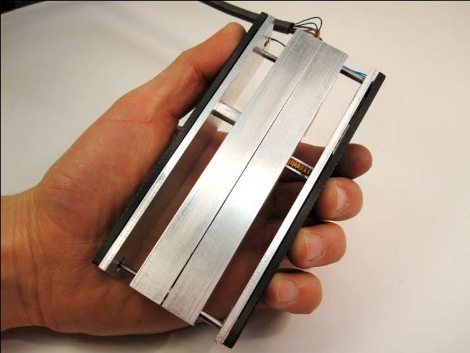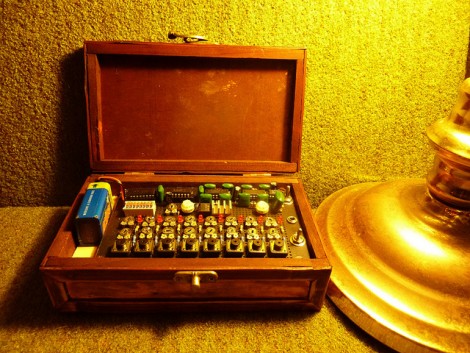
[Happy Dragon] grew tired of wiping moist palms on his pants during intense gaming sessions. To combat the issue he tried adding a fan to an Xbox 360 controller that he had sitting around. He pulled a small PC fan from a Nyko Airflow and glued it over a hole he cut into the battery compartment of the controller. This forces air into the body of the unit, which exits through holes he’s drilled in the wings. He added an external battery pack to power the controller since the original batteries were removed before the fan was glues in place. The fan itself isn’t powered from this external pack, but requires a USB connection that he attaches using the disconnect from a wired Xbox controller.
After some testing, [Happy Dragon] seems… happy… with the results. He tells us that his hands are not sweaty, and that he finds he’s not gripping the controller quite as tightly as he used to so as not to block the vent holes. We can see a couple of issues with this design, like the holes filling up with crud, or the fan blowing dust and dirt into the controller (we’re thinking about the analog sticks). But perhaps a future design could create dedicated ducts inside that keep the electronics isolated from the cooling. Or maybe the exhaust from portable console builds could be used in a similar way?
You’ll notice that there’s no direct link for this hack. [Happy Dragon] didn’t write a post about this, he just sent us a half-dozen images and his description of the project. Check out the rest of the pictures after the break.
Continue reading “Fan And Vent Holes Prevent Sweaty Gaming Hands”




















